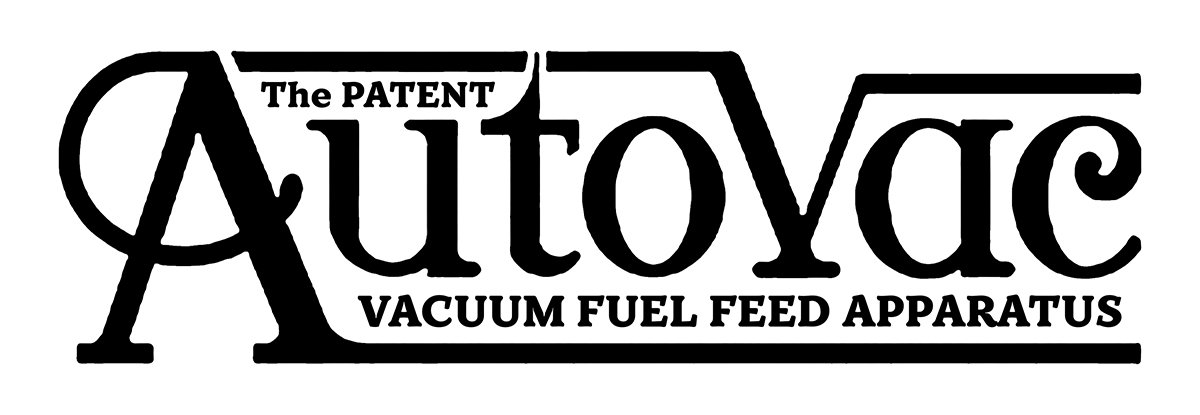
Autovac - How It Works
The beauty of the Autovac lies in its simplicity. With regular servicing, your Autovac will continue to perform well and deliver many more miles of worry-free motoring.
The Autovac system employs a small auxiliary tank usually mounted on the engine side of the dashboard, with its base above the carburettor float chamber. It is divided into two chambers — the inner or vacuum chamber being connected to the induction pipe and main petrol tank, and the lower or reserve chamber to the carburettor. Communication between the two is via the drop valve at the base of the inner chamber.
The engine suction creates a partial vacuum in the upper chamber, thus closing the drop valve and drawing up petrol from the main tank. As the fuel flows in, the float rises. When it reaches a certain height, two valves are operated — one cuts off the suction, the other admits air; this admission of air destroys the vacuum, releases the drop valve, and allows the petrol to flow into the outer chamber. The outer or reserve chamber is always open to the atmosphere through the air vent: thus the petrol in this chamber gravitates to the carburettor.
This sequence of operation continues until the reserve chamber is filled. The apparatus then ceases to function until the level is lowered, allowing the float to fall. As the float falls with the outflow of fuel from the inner chamber, the valve mechanism is again actuated and the operation of taking in fuel is repeated.

